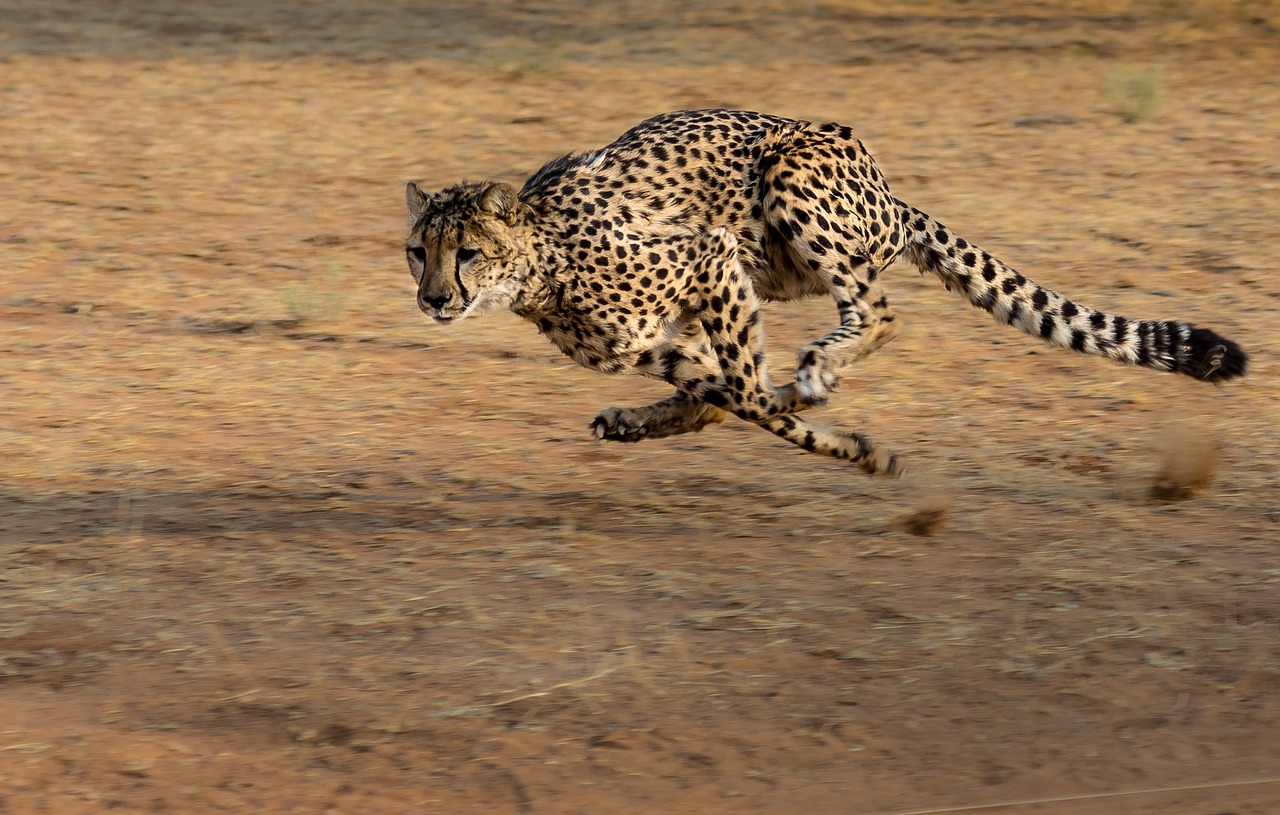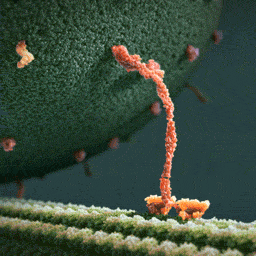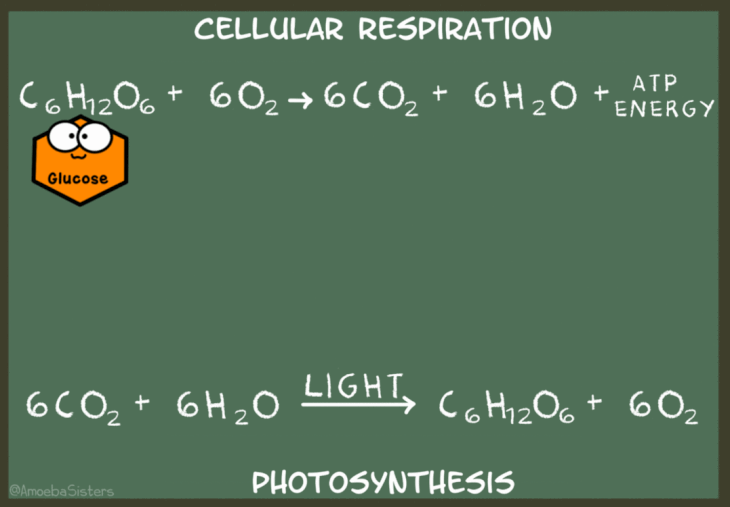Overview of Cellular Respiration - Unit 3 Lesson 9


We’ve been zoomed in on cells for a while so let’s zoom back out for a minute. Cheetahs are pretty incredible living things - I’m sure you’ve heard how they can run as fast as 70 miles per hour. They are finely tuned sprinting machines - just like sports cars are finely tuned fast driving machines. And also like cars, the cheetah needs fuel in order to run. The cheetah gets its power from its legs, of course, and the legs are made of muscle tissue the muscle tissue is made of a whole bunch of muscle cells. Ultimately, those muscle cells need fuel in order to keep working and allow the cheetah to be the champion sprinter that it is.
Besides for sprinting, cells need a source of energy to do all sorts of things - to grow, replicate, repair, transport nutrients in, transport wastes out, and all sorts of other things. Here is one of my favorite examples - this is an animation of a “motor protein” transporting a vesicle across a cell (we are zoomed way inside a cell in this animation).

Simply put, cells need energy or else they wouldn’t be able to do much of anything. And by extension, the organism (like the cheetah) wouldn’t be able to do much of anything (like sprint at 70 mph). So where does the energy come from?
Let’s think back to photosynthesis for a second. Plants transform energy from light and store it in molecules (in glucose molecules to be exact). But they also need to use that energy in order to grow, heal, and everything else that a plant needs to do. Animals eat other things in order to get glucose but, just like plants, they need to use the energy stored in those molecules in order to do all the things that animals do.
This is where cellular respiration comes in. Cellular respiration is the process of transforming glucose molecules (and sometimes other molecules) into molecules that the cell can easily use for energy. The most common of these molecules is called adenosine triphosphate - ATP for short. ATP is a little molecule that allows all sorts of reactions to happen in a cell. The little motor protein from above? ATP is what causes its little “feet” to step one in front of the other.
To recap - only plants do photosynthesis. This allows plants to create glucose molecules. Animals need to eat other things to obtain glucose. Both plants and animals perform cellular respiration so that the glucose can be transformed into ATP molecules. Here’s a nice gif to sum up both processes (along with the reactants and products of both).

I won’t be too offended if you only skimmed everything above but make sure to watch this video to help better understand ATP. In the next announcement, I will post videos that go into more depth about cellular respiration.
Note - cellular respiration can happen with other molecules besides glucose, but I’ve only mentioned glucose here for simplicity.